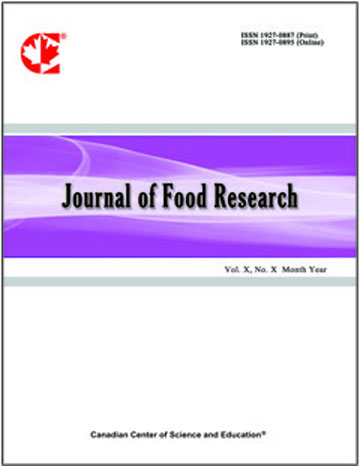Microbiological and Freshness Analysis of Fish Fillets Sold in Popular Area
- Cruz-Torres Erika
- Cortes-Sanchez Alejandro De Jesus
- Diaz-Ramirez Mayra
- Rayas-Amor Adolfo A.
Abstract
Fish is considered a nutritious food and widely consumed internationally, being a basic element of the human diet. This food is very susceptible to contamination and spoilage, mainly by microorganisms, affecting its freshness, reducing its shelf life and posing a high risk to the health of consumers, as it is related to outbreaks of foodborne illnesses around the world. Therefore, the present study focuses on the analysis of the degree of quality or freshness of fish, specifically rainbow trout fillet (Oncorhynchus mykiss) available for human consumption in fishmongers in the popular and tourist area of La Marquesa Park in the State of Mexico in the Mexican Republic. For this purpose, samples of fillets were collected over 4 weeks from 2 available fishmongers, where the degree of quality or freshness and microbiological profile were subsequently analysed. The results obtained indicated that all samples had a quality grade ranging between the first and second category in freshness and presented biological hazards when the presence of coliforms and Salmonella was detected in samples, making them unsuitable for marketing and human consumption according to health regulations, since the safety of the product is compromised and they are a risk to the health of the population.
- Full Text:
 PDF
PDF
- DOI:10.5539/jfr.v14n2p102
Index
- AGRICOLA
- BASE (Bielefeld Academic Search Engine)
- CAB Abstracts
- CAB Direct(CABI)
- CAS (American Chemical Society)
- CNKI Scholar
- Electronic Journals Library
- EuroPub Database
- Excellence in Research for Australia (ERA)
- Google Scholar
- JournalTOCs
- Mendeley
- Mir@bel
- Open policy finder
- Scilit
- Ulrich's
- WorldCat
Contact
- Bella DongEditorial Assistant
- jfr@ccsenet.org
